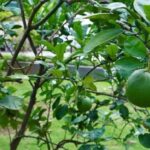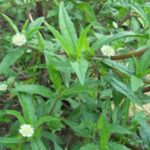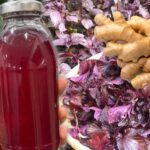The tree in question is the Cinnamomum parthenoxylon, commonly known as the cassia tree or cinnamon flower. This ornamental tree has been a favorite for centuries due to its simple beauty, fragrant blossoms, and high economic value. Aside from enhancing living spaces, cassia is also a valuable medicinal herb in traditional medicine and is believed to be a lucky plant that attracts wealth and good fortune for its owners.
1. Origin and Characteristics of the Cassia Tree
Native to the Himalayan region, the cassia tree is predominantly found in China, Vietnam, and several other Asian countries. In Vietnam, it is commonly grown in the northern mountainous regions, which offer a cooler climate. The cassia tree is a small evergreen tree that can grow to heights of 2–12 meters, depending on the conditions.
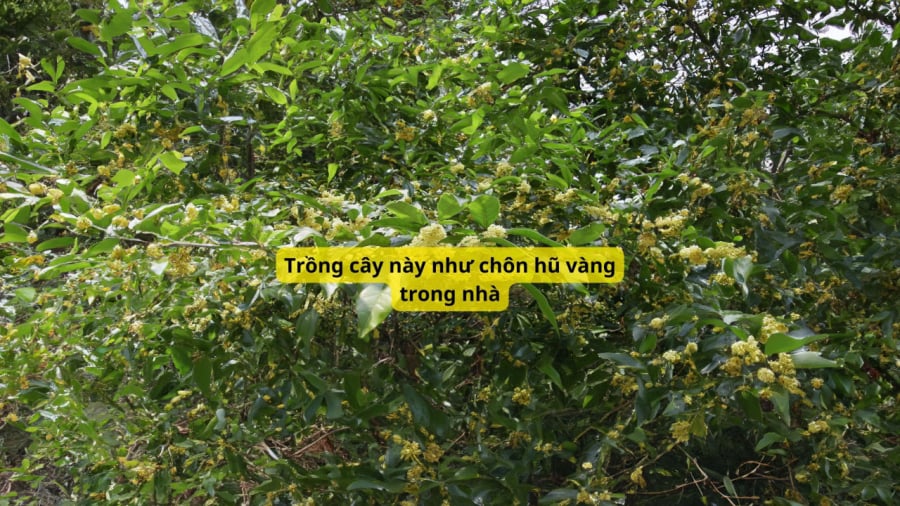
The most distinctive feature of this tree is its flowers – small, sweetly scented, and borne in clusters in the leaf axils. The flowers come in a range of colors, including white, pale yellow, and golden yellow. The bark is gray-brown with white scales, while the leaves are glossy green and oval-shaped, tapering to a point.
2. The Cassia Tree in Feng Shui
In the art of feng shui, the cassia tree symbolizes nobility, prestige, and good luck. The far-reaching fragrance of its flowers represents the spread of a good reputation and the flourishing development of the homeowner. Traditionally, it is believed that planting a cassia tree in front of a house will attract wealth and prosperity, leading to family happiness and successful offspring.
Notably, the cassia tree is considered compatible with all five elements of Chinese metaphysics: Metal, Wood, Water, Fire, and Earth – with Metal being the most auspicious. This harmony with the five elements makes the cassia tree an ideal choice for modern homes.

3. Cassia Tree: A Beautiful Investment
Aside from its ornamental and symbolic value, the cassia tree is also economically valuable. The flowers can be harvested and used for making wine, tea, pastries, and medicine, providing a stable source of income. Dried cassia flowers can fetch a high price in the market, sometimes reaching millions of dong per kilogram, earning the tree the nickname “the golden pot tree.”
In traditional medicine, cassia flowers are believed to have a warming effect and are used to treat stomachaches and indigestion. The roots are used for treating rheumatism, while the fruits are said to benefit the liver and stomach. Additionally, the fragrant blossoms are thought to dispel negative energy and promote relaxation, contributing to a peaceful living environment.
4. Planting and Caring for the Cassia Tree
Propagation: Cassia trees can be propagated by cutting in spring or autumn. Cut a 10–15 cm long branch with 2–3 buds, remove most of the leaves, and soak the cutting in a dilute sugar solution to stimulate root growth. Then, plant it in a loose potting mix and water lightly daily. After about 20 days, the cutting should have developed roots and can be transplanted to a larger pot or directly into the ground.
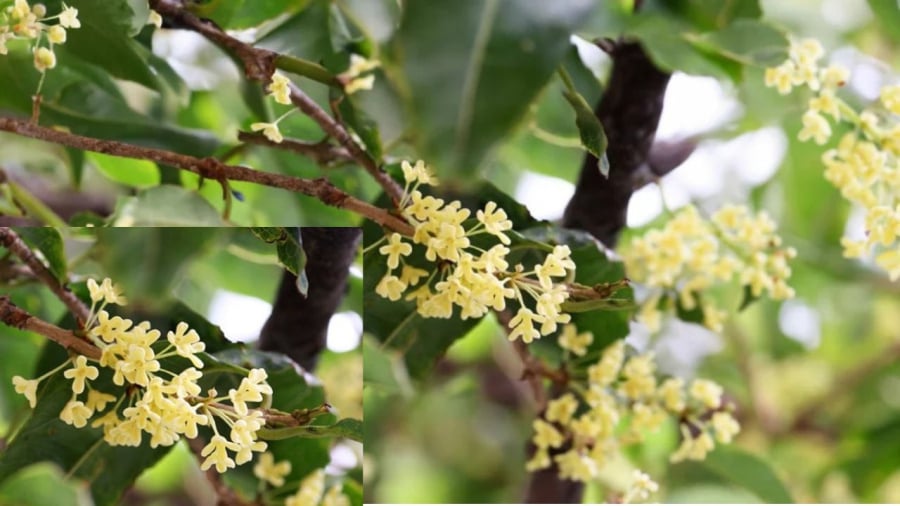
Care instructions:
Light: Cassia trees thrive in sunny and airy locations, preferably in front of the house.
Water: Keep the soil moist but not soggy. Water regularly in the early morning or late afternoon.
Fertilizer: Apply organic fertilizer or diluted NPK fertilizer every 2–3 months.
Pruning: Remove dead branches and wilted leaves to promote even growth and flowering.
The cassia tree blooms year-round, with the peak flowering season in autumn. The small, fragrant clusters of flowers add a soothing ambiance to any space.
5. Feng Shui Considerations for the Cassia Tree
According to feng shui principles, the placement of the cassia tree can bring positive energy:
It is advisable to plant the tree in front of the house, where it can receive ample natural light, avoiding damp and dark areas.
If planted directly in the ground, the tree can grow quite tall, sometimes reaching heights of several meters. In this case, it should be planted on the left side of the house, following the feng shui principle of “Left Green Dragon, Right White Tiger.”
For potted cassia trees, place the pot on the left side of the main entrance to create balance and attract positive energy.
The cassia tree is not just an aesthetically pleasing plant but also carries significant value in feng shui, health, and economics. Owning a cassia tree not only enhances your living space but also brings luck, prosperity, and happiness to your family. Choose the right variety and care for it properly so that it can grow strong, flourish, and bring blessings every day.
For reference only
3 Types of Flowers Connoisseurs Always Keep at Home: Year-Round Blooms That Attract Wealth and Prosperity
Adorning your home with a few carefully selected flower pots not only adds a touch of freshness to your space but also brings prosperity and good health, according to ancient beliefs. The following three flower varieties are favored by connoisseurs for their ease of care, year-round blooms, and positive Feng Shui symbolism.
The Magic of Black Goji: A Superfood with Surprising Benefits.
With a rich and tangy flavor, the health benefits of black goatee, or ‘co muc’ in Vietnamese, are well-known in Eastern medicine. This humble herb strengthens the kidneys and liver, and its cooling properties help to treat bloody dysentery and enhance hair and beard color. A true tonic for the liver and kidneys, it is a natural remedy for those seeking to boost their health and vitality.


























